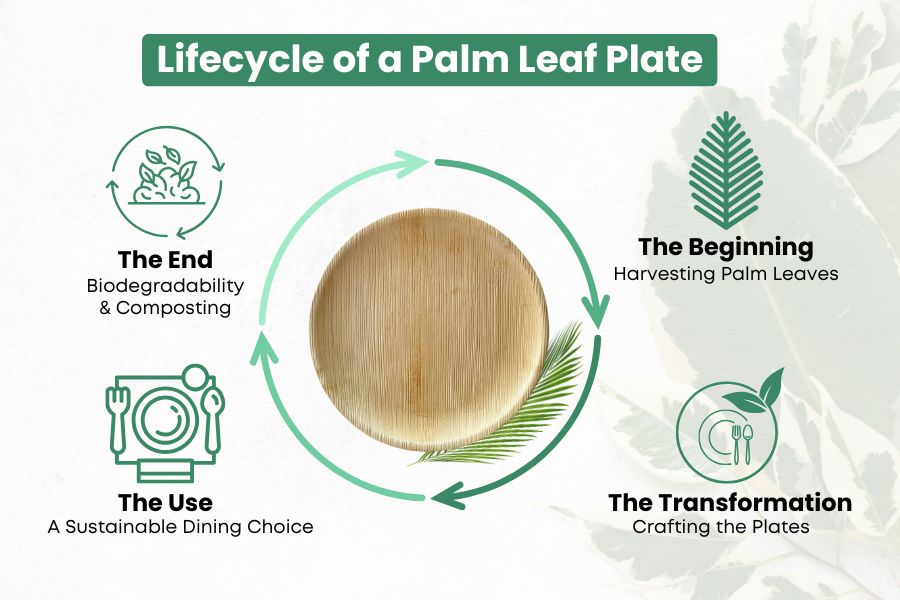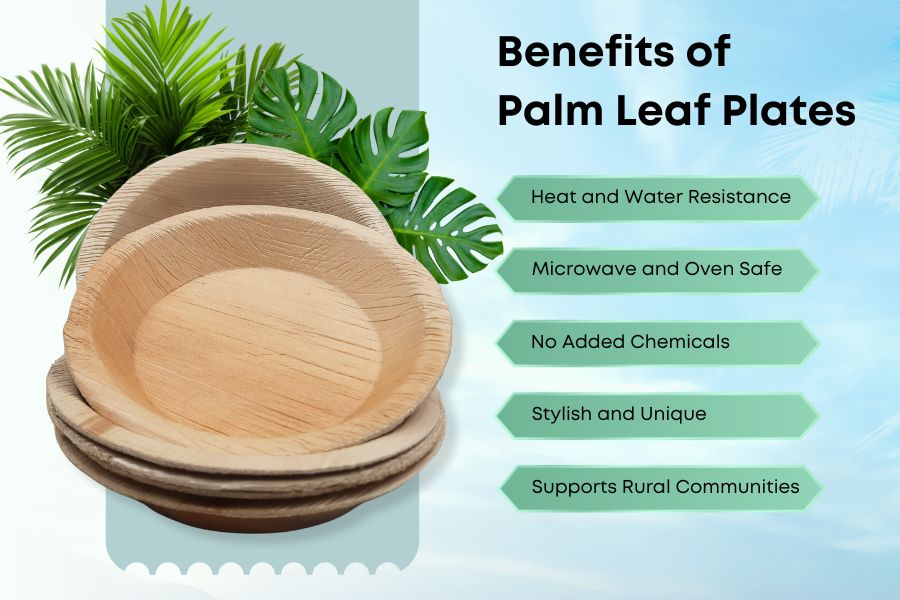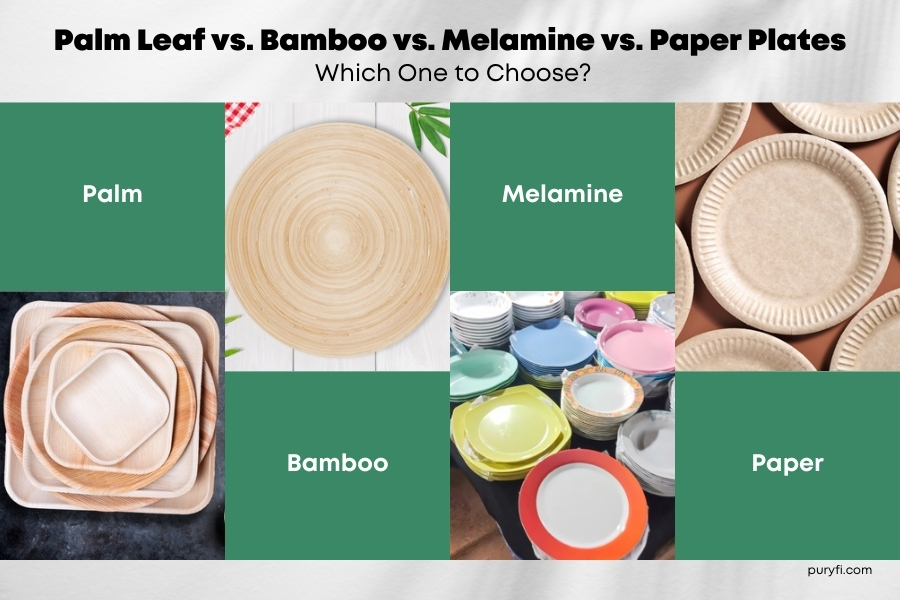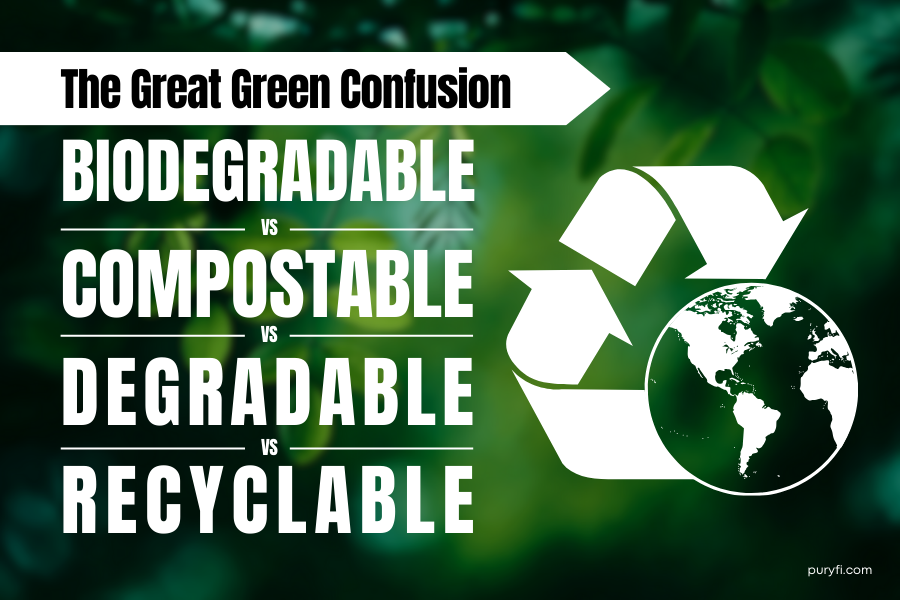
In an era where sustainability is more than just a trend, eco-friendly alternatives to everyday items are gaining popularity. One such innovation is the palm leaf plate—a biodegradable, compostable, and aesthetically pleasing alternative to plastic or paper dinnerware. But have you ever wondered about the journey of a palm leaf plate? Let’s explore its lifecycle, from nature to disposal and back to nature again.
The Beginning: Harvesting Palm Leaves
Palm leaf plates originate from the shredded leaves of the Areca palm tree, which grows abundantly in tropical regions. These trees naturally shed their leaves, eliminating the need to cut down trees or harm the environment. Instead of letting these leaves decompose or go to waste, they are collected and repurposed into durable, eco-friendly tableware.
The Transformation: Crafting the Plates
Once the shredded leaves are gathered, they undergo a thorough cleaning process to remove dirt and impurities. The cleaned leaves are then heat-pressed into various shapes and sizes using specialized molds. This process requires no chemicals, dyes, or synthetic additives, making palm leaf plates completely natural and food-safe. The result is a sturdy, lightweight, and elegant plate that can withstand hot and cold foods without leaking or becoming soggy.
Additionally, skilled artisans ensure that each plate is crafted with precision, maintaining the natural textures and patterns of the leaf. This adds to the uniqueness of each plate, making them not only functional but also visually appealing. The minimal use of resources in this process further contributes to their sustainability.
The Use: A Sustainable Dining Choice
Palm leaf plates are versatile and can be used for various occasions, from casual picnics to upscale events. Their rustic and earthy appearance makes them a famous choice for eco-conscious consumers and event planners.
Unlike plastic or Styrofoam alternatives, palm leaf plates are free from harmful toxins, ensuring that they are safe for both humans and the environment. Many restaurants, caterers, and hospitality businesses are now adopting palm leaf plates as part of their sustainability efforts. Their durability and ability to handle a variety of cuisines make them an excellent alternative to disposable plastic plates. Additionally, their lightweight nature makes them easy to transport and store, adding to their convenience.
The End: Biodegradability and Composting
The true beauty of palm leaf plates lies in their return to nature. After use, they can be composted at home or in industrial composting facilities. Within 6 to 8 weeks, they break down into nutrient-rich organic matter, enriching the soil without leaving behind harmful residues
Unlike plastic, which can take hundreds of years to decompose, palm leaf plates complete their cycle in a fraction of the time, making them a truly sustainable choice. Moreover, even if they are discarded in an open environment, they decompose naturally without polluting the surroundings. This makes them an ideal choice for outdoor events, camping, and large gatherings where waste management might be challenging.
To know more about the journey of palm leaf plates, read our blog: The Journey of Palm Leaf Tableware: From Forest to Your Table
Additional Benefits of Palm Leaf Plates

Beyond their environmental advantages, palm leaf plates offer several other benefits:
- Heat and Water Resistance: They can handle hot, cold, and even liquid foods without softening or breaking.
- Microwave and Oven Safe: Unlike plastic and Styrofoam, palm leaf plates can be used to reheat food safely.
- No Added Chemicals: Since they are crafted through a natural process, they remain free from synthetic coatings, ensuring food safety.
- Stylish and Unique: Each plate has a distinct natural grain, making it a stylish addition to any table setting.
- Supports Rural Communities: Many palm leaf plate manufacturers provide employment opportunities to rural artisans, promoting fair trade and local economies.
Conclusion: A Full-Circle Sustainability Approach
The lifecycle of a palm leaf plate is a testament to the power of sustainable innovation. From its humble beginnings as a dropped leaf to serving as a great dinnerware choice and finally decomposing back into the earth, it follows a complete eco-friendly cycle. By palm leaf plates, we contribute to a greener planet, reducing our dependence on plastic and minimizing waste.
As we continue to seek sustainable alternatives, palm leaf plates stand as a reminder that nature provides us with everything we need without harming the surroundings.
Next time you host a gathering or enjoy a meal, consider making the switch and be a part of the movement towards a cleaner, greener future. By making mindful choices today, we can ensure a healthier planet for coming generations.




